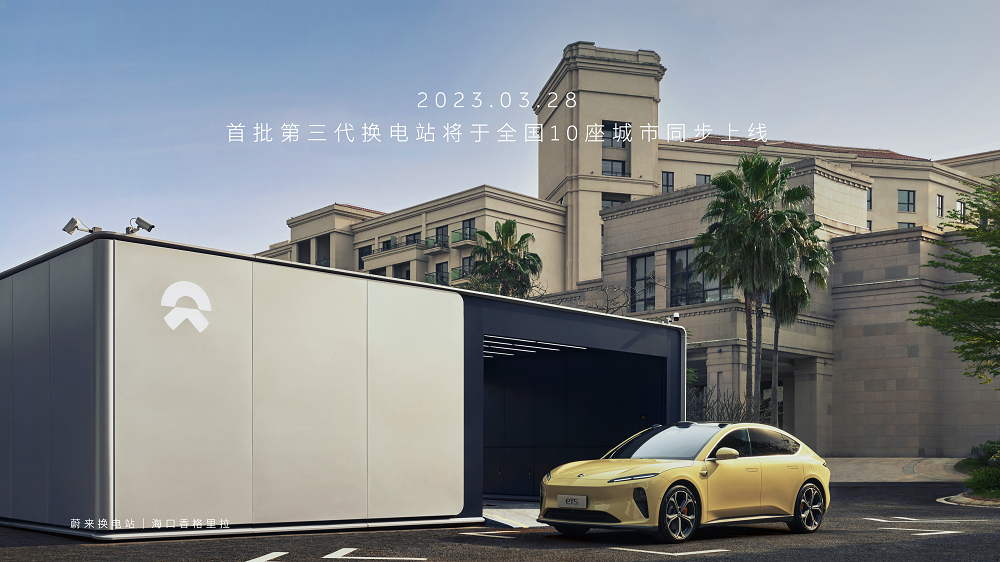Author | Bei Yan
The problem of power supply has always been a pain point for the development of new energy vehicles.
In actual use, charging piles have always been regarded as the most standard way of energy supplement for new energy vehicles. However, even with the most powerful charging pile at the current stage, it still takes about half an hour to charge the battery from 0 to 80%. Compared with refueling a fuel car, which takes only a few minutes, electric car owners still have to endure a lot of “pain”.
At the same time, due to the imperfect charging system, immature technical standards, and difficult balance of operating charging stations, new energy vehicles are even more criticized by the market and car owners.
Therefore, a more rapid, efficient and economical energy supplement mode is eagerly awaited. Currently, this mode is “battery swap mode”.
When it comes to this topic, NIO is an indispensable car company.
On May 20, 2018, NIO’s first battery swap station was completed in Nanshan Science and Technology Park, Shenzhen; on April 15, 2021, NIO’s first second-generation battery swap station was officially put into use at the Chaoying gas station of Sinopec in Beijing.
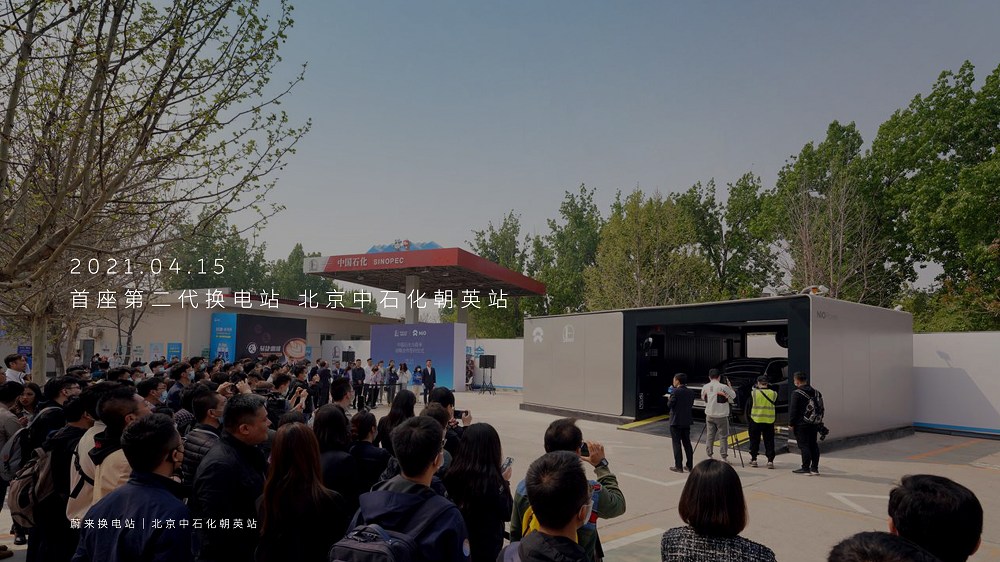
Coming to this year, according to data provided by NIO, as of March 28, 2023, NIO has deployed 1,325 battery swap stations across the country, including 351 high-speed highway battery swap stations.
From the layout of the past 5 years, NIO has undoubtedly become the leader in the battery swap track. However, this has not hindered NIO’s continued progress. Specifically, in February of this year, NIO’s founder, chairman and CEO, Li Bin, announced the “One Thousand Station Plan”-the target for the construction of new battery swap stations in 2023 was increased from the original 400 to 1,000, and by the end of the year, more than 2,300 battery swap stations will be built.
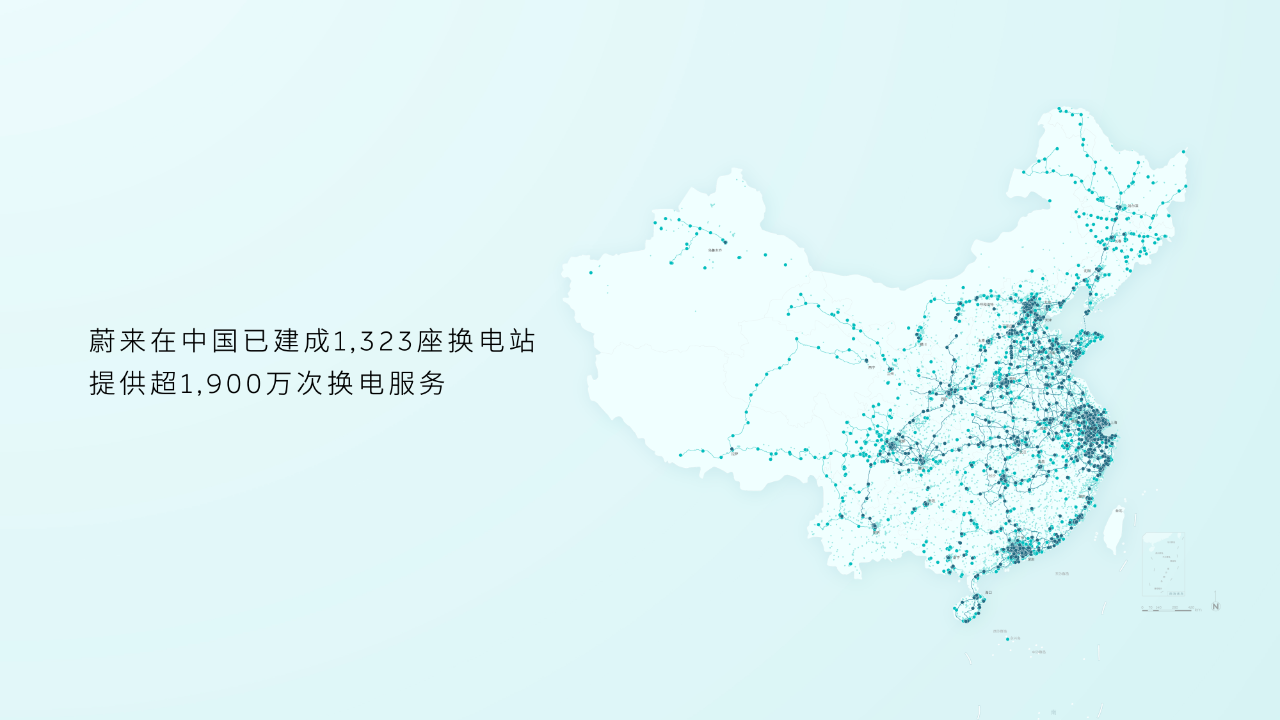
On March 28, NIO also unveiled its third-generation battery swap station in Haikou. It is reported that the new generation of battery swap stations will be launched synchronously in Beijing, Wuxi, Chengdu, Zhengzhou, Shenzhen, Shanghai, Qingdao, Hefei, Harbin and other cities in early April.
“The 1,000 new battery swap stations added this year will be deployed with third-generation stations as much as possible, and the proportion may reach 90%.” Shen Fei, NIO’s senior vice president of energy, said.What are the innovations of the third-generation battery swap station?
These questions were answered by NIO at a media communication meeting held recently.
The third-generation battery swap station is more efficient and flexible
“Over 50% of the battery charging for NIO owners comes from battery swapping. The proportion of battery swapping is increasing, while the proportion of charging is decreasing.”
Shen Fei believes that this phenomenon is due to NIO’s increasing number of battery swap stations and more users who cannot install home charging stations choosing to buy NIO cars.
In other words, the battery swap mode is a big moat in NIO’s competitive system, and it is becoming an excellent means of attracting users to purchase cars, improving user service satisfaction, and enhancing user stickiness.
At this point, it may be easy to understand why NIO continues to expand the layout of the battery swap stations. So, what are the highlights of the third-generation battery swap station?
“More flexible and efficient is the design highlight of the new generation battery swap station.” Shen Fei said that compared with the second-generation station, the service capacity of the third-generation station is stronger. For example, the wheelbase has been increased from 2.8 meters to 3.3 meters compared to the 2nd-generation station, and the wheel outer distance has been increased from 1.9 meters to 2.8 meters. The battery compartment has also increased from 13 to 21, and the daily service frequency has been increased from 312 times to 408 times, an increase of 30% compared to the second-generation station.
At the same time, the third-generation battery swap station also adopts a brand-new three-position cooperative battery swap mode. That is, while the vehicle takes out the battery, fully charged batteries in the station compartment synchronously enter the “preparation position.” Then, the two batteries move in the same direction. The new battery enters the “swap workplace” to be installed on the vehicle, and the swapped-out battery enters the “empty battery waiting to be transferred” for subsequent charging in the warehouse.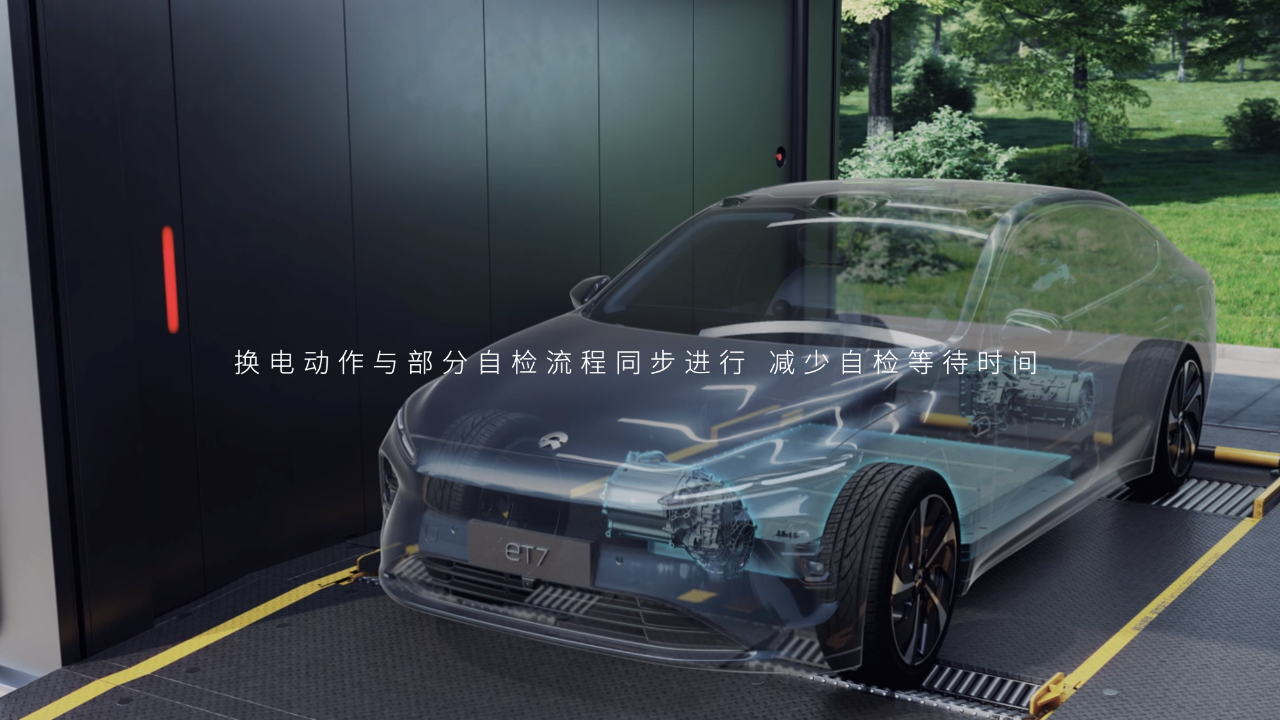
“Plus, the third-generation power swap station can synchronize battery swapping and self-diagnosis processes, reducing the waiting time for self-checking, shortening the battery swapping time by 20\%. Considering the differences in station busy levels and parking times, the battery swapping can be completed in four and a half to forty-four seconds,” said Shen Fei.
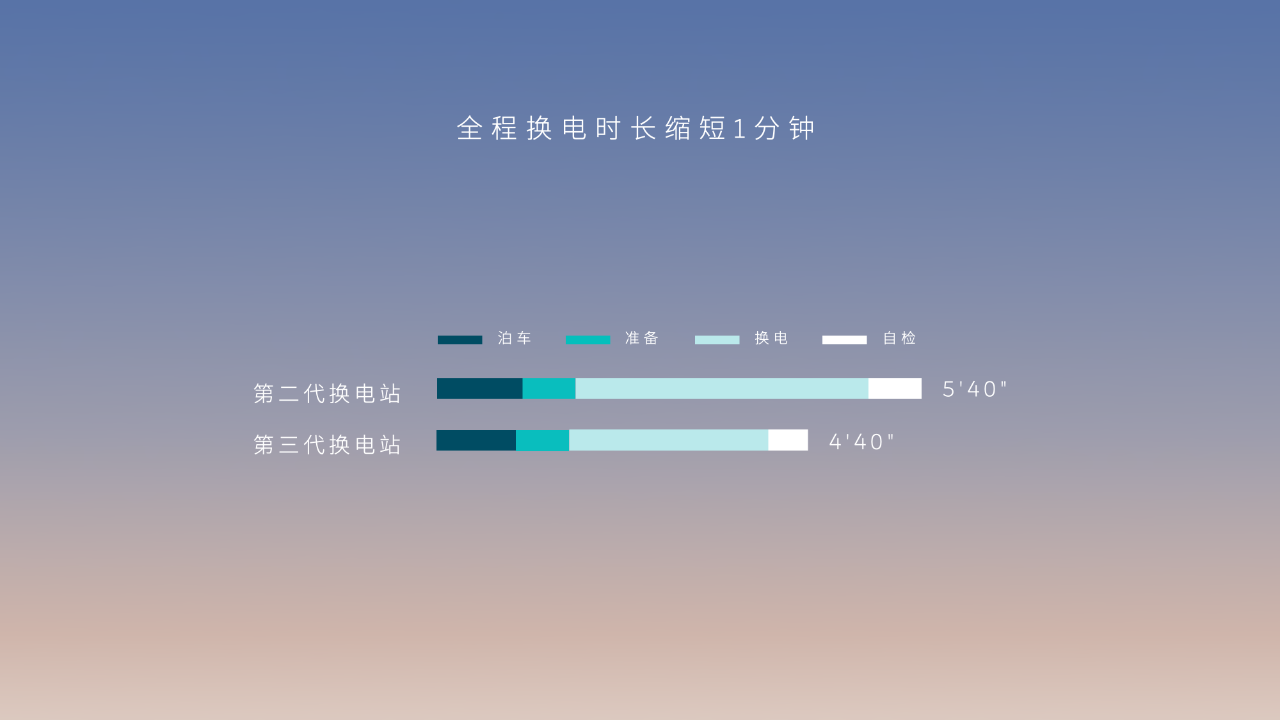
Compared to the increase in battery capacity and the decrease in battery swapping time, another highlight of the NIO third-generation power swap station is that it “is equipped with two LiDAR and two NVIDIA Orin X chips, with a single station computing power of 508TOPS.” In Shen Fei’s view, “through intelligence, the third-generation station can not only more accurately achieve station collaboration, support call-to-swap, and automatic parking, and other smart functions, but it can also be fully unmanned, which is beneficial to reducing operating costs.”
“A more flexible battery swapping mechanism can also adapt to batteries with different structures,” Shen Fei’s statement means that the third-generation station can adapt to different brands of vehicles in the NIO system, such as the Alps.
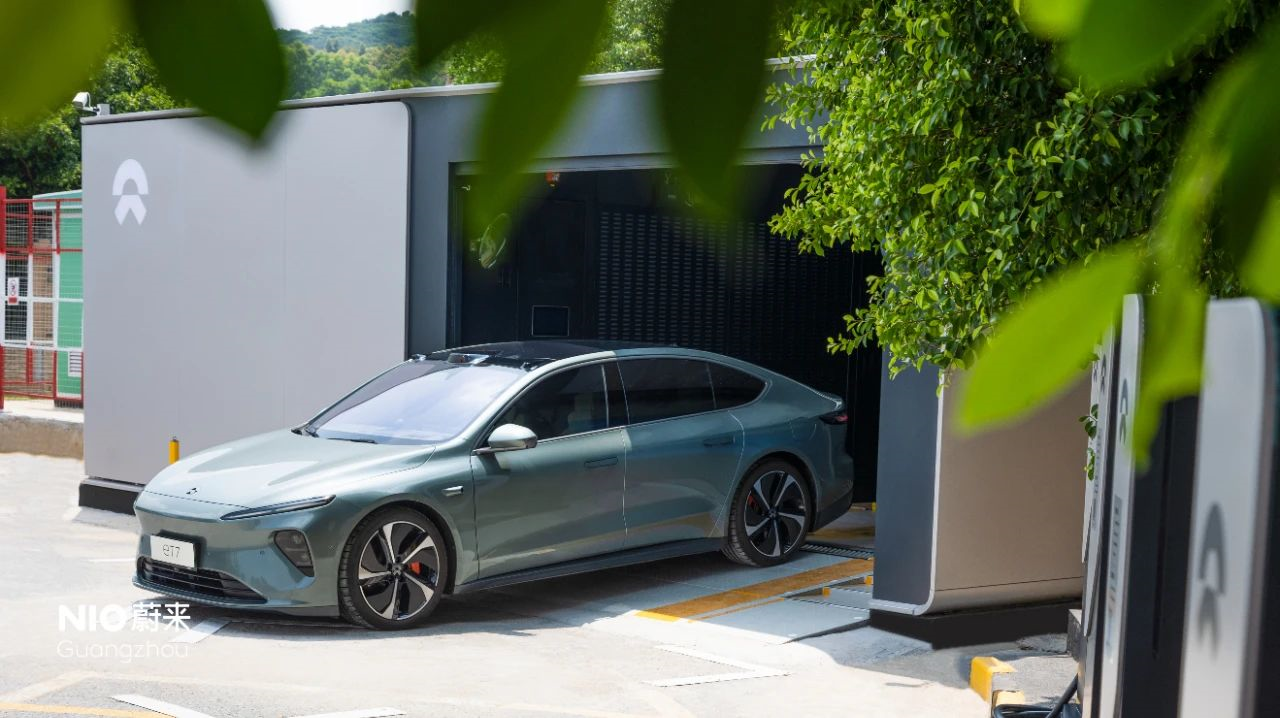
As for whether the first and second-generation stations will gradually be transformed into third-generation stations in the future, Shen Fei’s answer is “not necessary.” “NIO’s second-generation station is unmanned and limited by the scenario. The benefits of transformation are not significant, and there may be eight or nine hundred third-generation stations constructed this year alone. The number of new stations will continue to increase next year, which is overwhelming in quantity.”
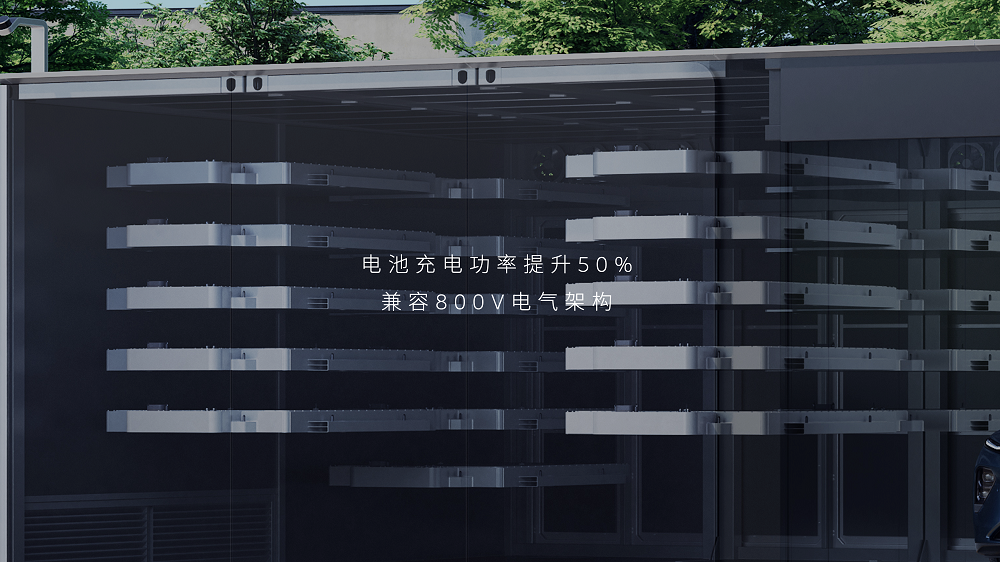
An improvement worth mentioning is that the charging power of batteries has increased by 50\%, and they can now be compatible with 800V electrical architecture.”We found that there are many users waiting for batteries in a very small number of special battery swap stations, so we increased the charging power of the entire battery to alleviate this pain point,” said Shen Fei. “As the operating experience of the battery swap station becomes more and more abundant, we will continue to explore and further improve at a faster pace.”
Meanwhile, in terms of charging, the third-generation battery swap station is matched with a supercharging pile with a maximum single pile charging power of 500 kW and a peak current of 660 A. “The supercharging pile adopts an ultra-light liquid-cooled gun line, which can be held with one hand, and supports intelligent interactions such as NFC payment, plug-and-charge, and parking management. Some vehicle models using this supercharging pile can achieve a range of 400 km after charging for 5 minutes,” said NIO.
To continue to iterate and upgrade the battery swap experience, in 2023, NIO plans to add 1,000 new battery swap stations, with 600 distributed in cities, further increasing the coverage of “electric zone houses,” and 400 distributed on highways, accelerating the distribution of a battery swap network in the Nine Horizontal and Nine Vertical and Nineteen Major city clusters.
“It is still a great challenge to build 1,000 stations in one year. Even if I stand here today, I am not 100% sure, but I will try my best with the entire energy team. We have already received more than 138,700 battery swap wishes, and I also filled out one myself,” said Shen Fei.
Shen Fei’s “battery swap wish” refers to the wishes of users collected at NIO’s user meeting on where to build battery swap stations after NIO announced the “thousand-station plan.”
“Looking at the wishlist, 29.6% of the area within 3 km already has battery swap stations, while more than 70% of the area does not have them. In terms of highways, the most desired ones to be connected are G25 Changshen, G42 Hulang, and G45 Daguang; and the most desired ones to be densified are the busiest ones during this year’s Spring Festival,” said Shen Fei.
NIO’s annual target has been increased from 400 to 1,000 new battery swap stations. From the current situation, NIO is somewhat aggressive. Moreover, NIO currently faces enormous profit pressure. Financial reports show that in 2022, NIO’s total revenue was 49.269 billion yuan, a year-on-year increase of 36.3%; the net loss widened to 14.437 billion yuan, a year-on-year increase of 259.4%. This is also the second time NIO has lost over 10 billion yuan after 2019.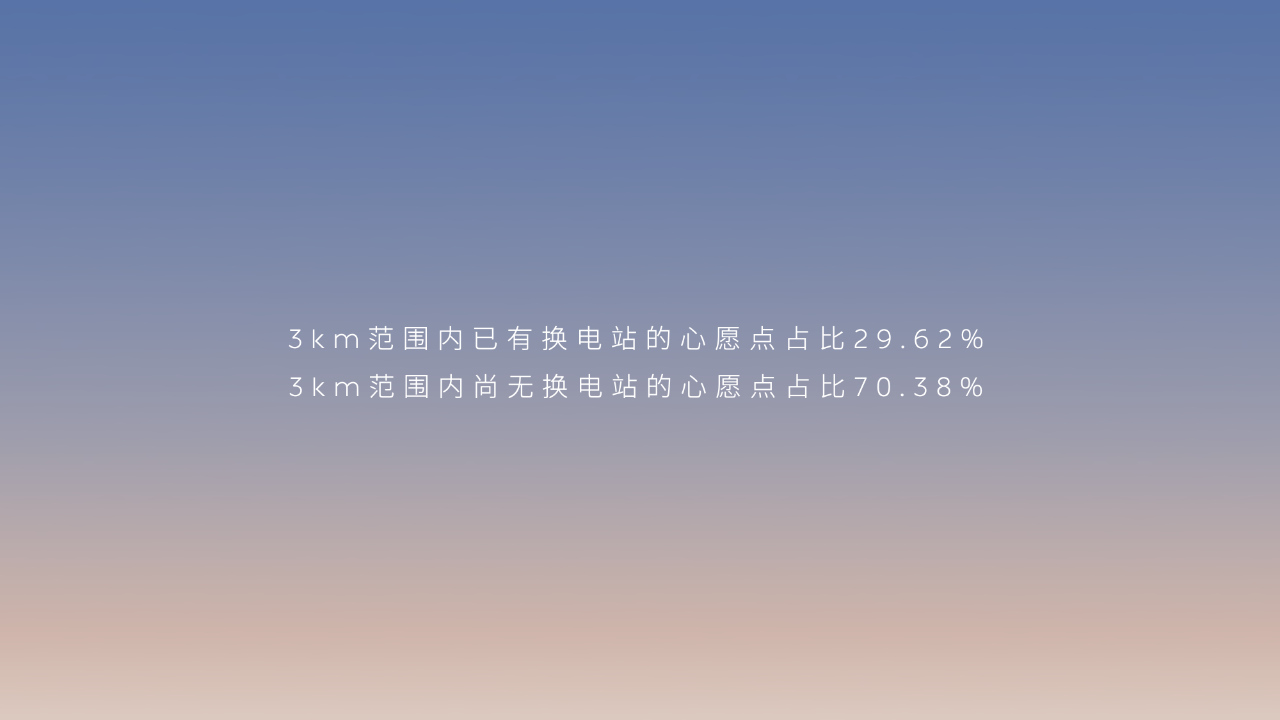
Amid the speeding up cash-burning, is NIO’s massive infrastructure construction worth it?
“I always believe that good user experience and systematic efficiency are the key issues we have been focusing on for the long term, so we are willing to invest in infrastructure such as battery swap stations, where users can truly benefit,” said Shen Fei.
At the same time, Shen Fei also stated that “regardless of the cost of NIO’s battery swap stations, as the first-generation station upgrades to the second-and third-generation ones, the cost will definitely drop very quickly, averaged out to each battery compartment and each battery swap.”

“If we compare the cost of single battery in exchange stations, the third-generation station has reduced the cost by at least 30% compared to the second-generation station, without adding too much cost. As automation gradually increases over time, operating costs will also be reduced accordingly,” according to Yang Chao, Assistant Vice President of NIO Power and Head of NIO Power Product Development. “This year NIO can set up 1,000 new stations at a cost that can be accepted.”
Furthermore, looking further, NIO’s battery swap system can actually lower the user’s car usage cost while improving battery utilization. “The value of the battery designed for power consumption is most important when it is used in a car. Even if the battery declines later, NIO’s solution may adjust the price from 980 yuan per month to 880 yuan or 780 yuan per month,” Shen Fei said.
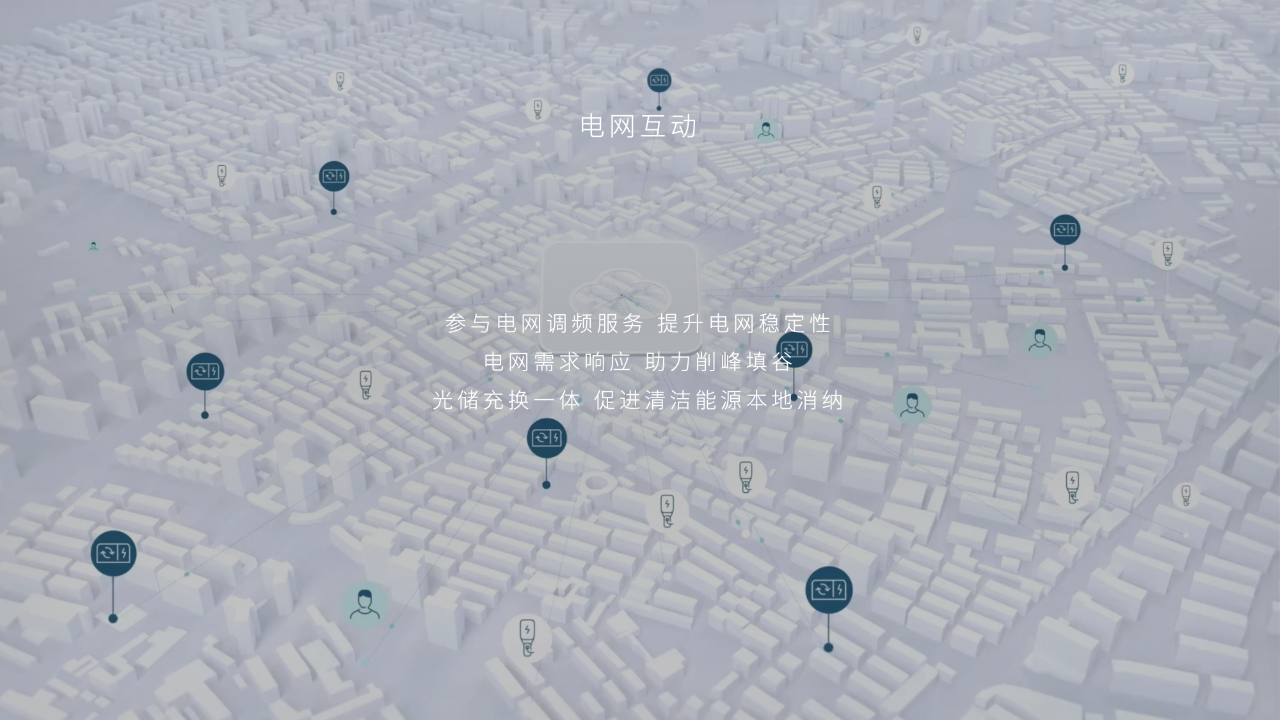
In addition, NIO’s swap stations and charging piles are deeply involved in grid interaction. According to Shen Fei, “NIO has increased its cooperation with the grid since 2022 and started to layout a demonstration project for grid interaction. In Zhejiang, 72 swap stations have been connected to the grid’s dispatching through virtual power plants.”
“With the development of the electric vehicle industry, there will be more and more players entering this field, and you really don’t have to worry about where to charge and swap in the future, as long as the car is easy to drive and easy to use, infrastructure will definitely catch up. For NIO, which is determined to follow the battery-swapping route, infrastructure will take a step ahead to let users’ swapping experience continue to be iteratively upgraded,” said Shen Fei.# 这是一篇介绍Markdown的文章
什么是Markdown
Markdown是一种轻量级的标记语言,它可以通过简单、易读易写的文本格式来展示富文本内容。Markdown语言的主要目的是提供一种简单易懂的文本格式,方便文字内容的编写和阅读,同时也可以通过转换器将Markdown转化为各种其他格式的文档。
Markdown语法
Markdown具有简洁、有效、易读易写的语法,功能涵盖了HTML标记的大部分,使用起来非常方便。Markdown语法还能够使用HTML标记扩展,即在Markdown中直接使用HTML标记,但是需要注意HTML标记与Markdown语法的混合使用可能会导致文本编写不规范,降低可读性。
Markdown编辑器
目前有许多支持Markdown语法的编辑器,常见的有Atom、Typora和MarkdownPad等,这些编辑器能够为用户提供更好的Markdown编辑体验。同时,也有许多在线的Markdown编辑器,如Dillinger、StackEdit和Markable等,它们允许用户直接在浏览器中编辑Markdown文本,非常方便。
This is an article about Markdown
What is Markdown
Markdown is a lightweight markup language that can display rich text content in a simple, easy-to-read and easy-to-write text format. The main purpose of Markdown language is to provide a simple and easy-to-understand text format for text content writing and reading, and it can also be transformed into various other formats of documents through converters.
Markdown Syntax
Markdown has concise, efficient, easy-to-read and easy-to-write syntax, covering most of HTML tags, which is very convenient to use. Markdown syntax can also be extended with HTML tags, that is, using HTML tags directly in Markdown, but it should be noted that the mixed use of HTML tags and Markdown syntax may result in the non-standard text writing and reduced readability.
Markdown Editor
There are currently many editors that support Markdown syntax, such as Atom, Typora and MarkdownPad, which can provide users with a better Markdown editing experience. At the same time, there are also many online Markdown editors, such as Dillinger, StackEdit and Markable, which allow users to edit Markdown text directly in their browser, which is very convenient.
This article is a translation by ChatGPT of a Chinese report from 42HOW. If you have any questions about it, please email bd@42how.com.
